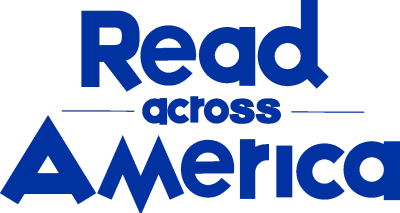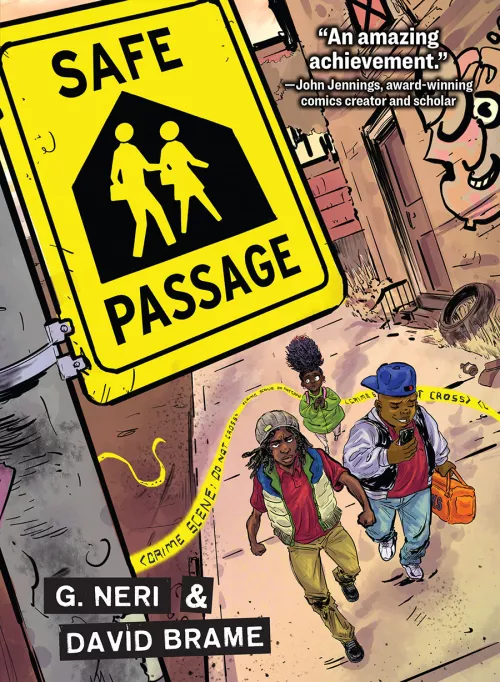Share this book
In his author’s note, G. Neri poses: “Who wouldn’t dream of getting their hands on big money to find a way out? But what would you risk to get it? What path would you take? What would be your Safe Passage out? The choice is yours. Choose wisely.”
Talk with students about the path that Darius and Booger chose. What did they risk? Would they have done the same if they were in Darius or Booger’s shoes?
Have them step into those shoes by coming up with their own concept for a game based on Safe Passage and G. Neri’s questions. Ask students to think about the games they enjoy and consider different formats complementary to the content, such as a cooperative game, RPG, board game, video game, or escape room as they explore game genres and design ideas. Have them be sure to focus on how they use Safe Passage to inspire the storyline or plot of their game while also giving potential players interesting decisions to make, opportunities to collaborate, or show off a skill. Students can work individually, in pairs, or in small groups to develop and present their game concept for peer feedback. Give them ample time to create their games, test play, revise, and finalize materials and game rules. Plan a day of game play for Read Across America so that everyone gets to try a variety of games with time to discuss interpretations and impact of their work.
Questions for Discussion or Reflective Writing
- Why do you think G. Neri chose to share this story as a graphic novel? How did the illustrations and graphic design of this story impact your reading and interpretation? How did the treatment of the comic's panels contribute to how you experienced the story?
- What do you think of the choices that Darius, Booger, and Cissy make? What are the ways that they solve critical problems and how do they reflect on their actions? How does each of them change over the course of the novel?
- Who are Booger’s role models? How is he influenced by gang culture? What is Booger thinking in taking the Brinks bag and posting about it on social media? What do these actions suggest to you about Booger’s understanding of what he was doing?
- What is Darius like? What does his love of art and drawing tell you about him? How do you think his relationship with his stepdad affects him?
- What does this book say about grief and trauma? How does he feel about his mother’s death? How is Darius processing his trauma? How does being in this environment affect him?
- How do Darius and Cissy feel about the Safe Passage program? How do you feel about the existence of the real Safe Passage program? How do you travel to and from school and in your community? Is there anything that would make you step off the path of safety?
Related Resources
Safe Passage Teacher’s Guide from Lee & Low Books
Teacher Resources from Games for Change
Resources to Teach Strategy Game Design from Kathleen Mercury
Game Design Activity from Harvard University
More Titles to Try
Stay on top of current education news



